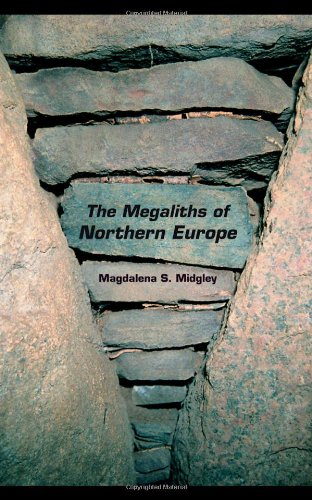

Most ebook files are in PDF format, so you can easily read them using various software such as Foxit Reader or directly on the Google Chrome browser.
Some ebook files are released by publishers in other formats such as .awz, .mobi, .epub, .fb2, etc. You may need to install specific software to read these formats on mobile/PC, such as Calibre.
Please read the tutorial at this link: https://ebookbell.com/faq
We offer FREE conversion to the popular formats you request; however, this may take some time. Therefore, right after payment, please email us, and we will try to provide the service as quickly as possible.
For some exceptional file formats or broken links (if any), please refrain from opening any disputes. Instead, email us first, and we will try to assist within a maximum of 6 hours.
EbookBell Team

4.4
92 reviewsThe North European megaliths are among the most enduring structures built in prehistory; they are imbued with symbolic meanings which embody physical and conceptual ideas about the nature of the world inhabited by the first Northern farmers. The Megaliths of Northern Europe provides a much needed up-to-date synthesis of the material available on these monuments, incorporating the results of recent research in Holland, Germany, Denmark and Sweden. This research has brought to light new data on the construction of the megaliths and their role in the cultural landscape, and Magdalena Midgley offers a fascinating interpretation of the symbolism of megalithic tombs within the context of early farming communities. This wealth of new evidence suggests the Northern European megaliths were important foci in the wider north-west European context.
The construction of dolmens and passage graves, using huge glacial boulders, demanded both great communal effort and considerable skill. In addition to this technical expertise the master builders also made use of their esoteric knowledge of rituals. This was expressed in the use of exotic building materials and special architectural features, and in the placement of tombs within the natural and cultural landscapes, creating new metaphors and images.
Fully illustrated, this book will be of interest to both undergraduate and postgraduate students of European Prehistory, Archaeology and Prehistoric Anthropology, as well as architects who study ancient architecture and social anthropologists who study modern megaliths.